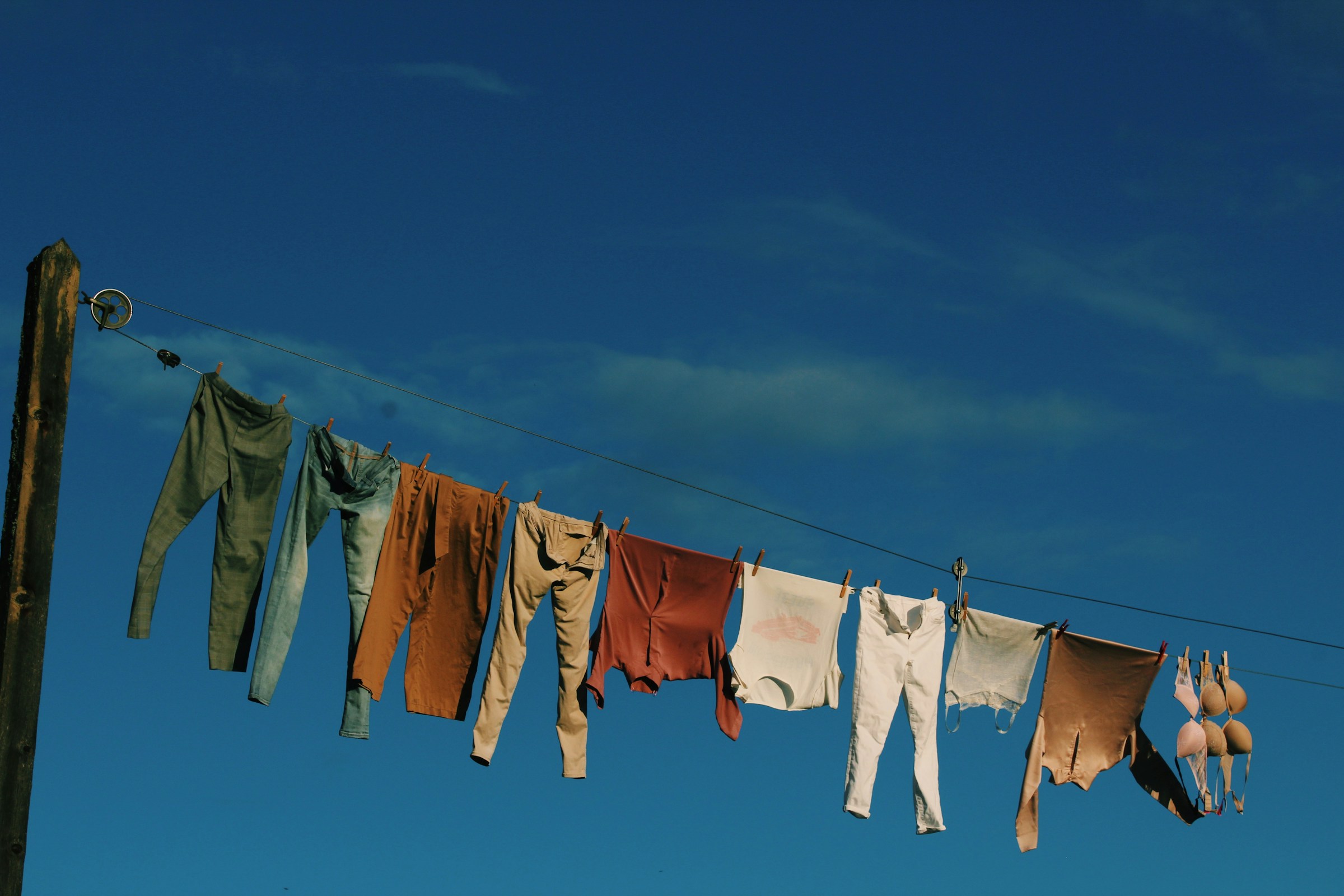This is a deep rabbit hole to go down. There are multiple ingredients found in laundry detergents for a range of reasons and with a range of impacts, i.e. this eco-tip is going to be a long one.
Ingredients by function:
- Cleaning stains: enzymes (biological powders), oxygen-based bleaches, chlorine-based bleaches
- Whitening: oxygen-based bleach e.g. Vanish and chlorine-based bleach (same as for bathrooms), or sunlight from hanging outside to dry (not included 😆)
- Brightening: optical brighteners add a chemical to your fabrics which change the wavelength of light reflected by the garment, making it appear brighter e.g. Dr Beckmann active white sheets
- Perfume: for the sake of your nose, also masks smells that didn’t get washed out
- Colour: sometimes those blue specks in the powder are added solely for appearance’s sake, after it was discovered consumers thought it must be good
- Cleaning dirt: soap / detergent, or soap nuts or Ecozone Ecoballs which for many people are good enough to replace soap for dark washes, towels, bed linen.
- Water softener: crucial in hard water areas, in the right proportions it makes the detergent more effective – normally a separate product
- Fabric conditioner: helps prevent wear and tear on cotton garments by leaving a film over the material’s fibres – normally a separate product
Ingredients by impact:
- On the skin: all ingredients will leave residues and sensitive skin will react to these. The purest powders for use on baby clothes typically only contain soap and that is it, which is why there is an additive you can use for soaking washable nappies (usually oxygen-based bleach)
- As pollution: phosphates caused much pollution but have been severely restricted, although they have not been replaced by totally harmless ingredients. Slightly off-topic, but micro-fibres from synthetic materials are an ever-present issue.
- Fabric damage: apart from zips, clasps, bra hooks, buckles, poppers and so on causing damage (do them up and turn the article inside out. Undo buttons though), don’t add bleach to a wash and then leave it without turning it on. The flecks can eat holes in the fabric.
To do a perfect wash, you’d want to add the right amount of each of these separate ingredients, which you can get separately, but modern day marketing doesn’t work like that. People prefer a single product, so finding the perfect product for your personally perfect wash will require trying a lot of them out.
This article lists 21 eco-friendly laundry detergents, so the choice is not simple!
Most people thinking of sustainability will be shy of big brand laundry detergents, but a notable mention should be given to Which? Magazine’s recommendation as a Best Buy, an Eco Buy and the Great Value mark for white laundry: Aldi’s Almat Bio Washing Powder.
More Info
Ecoballs: here is a list of all the different ecoballs available and a good review from the Energy Saving Warehouse.
Damaged clothes: a useful run-down from Zanussi

